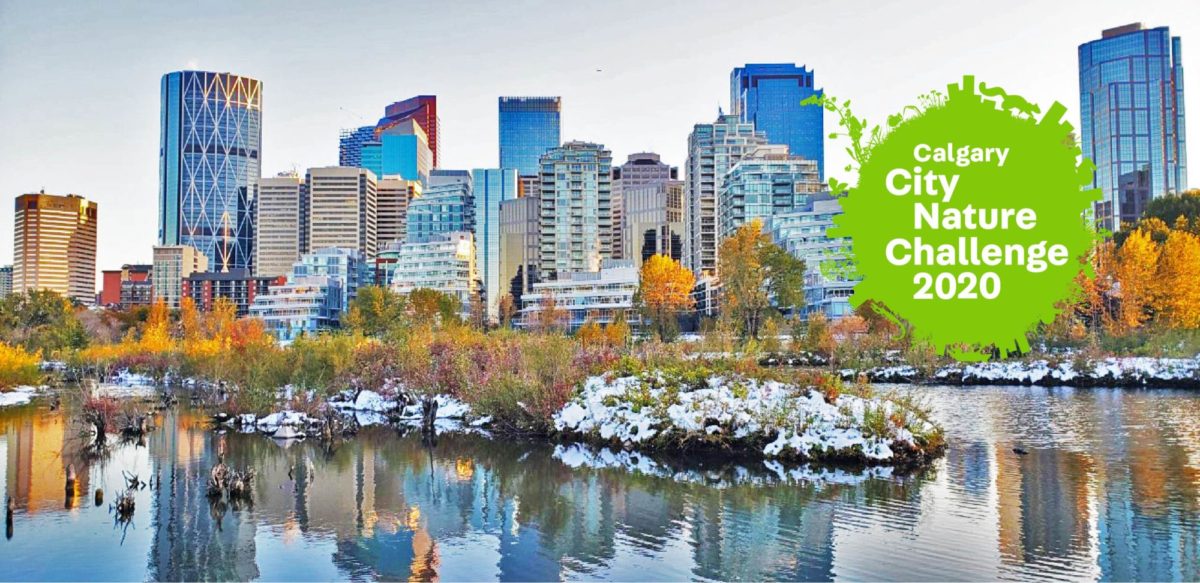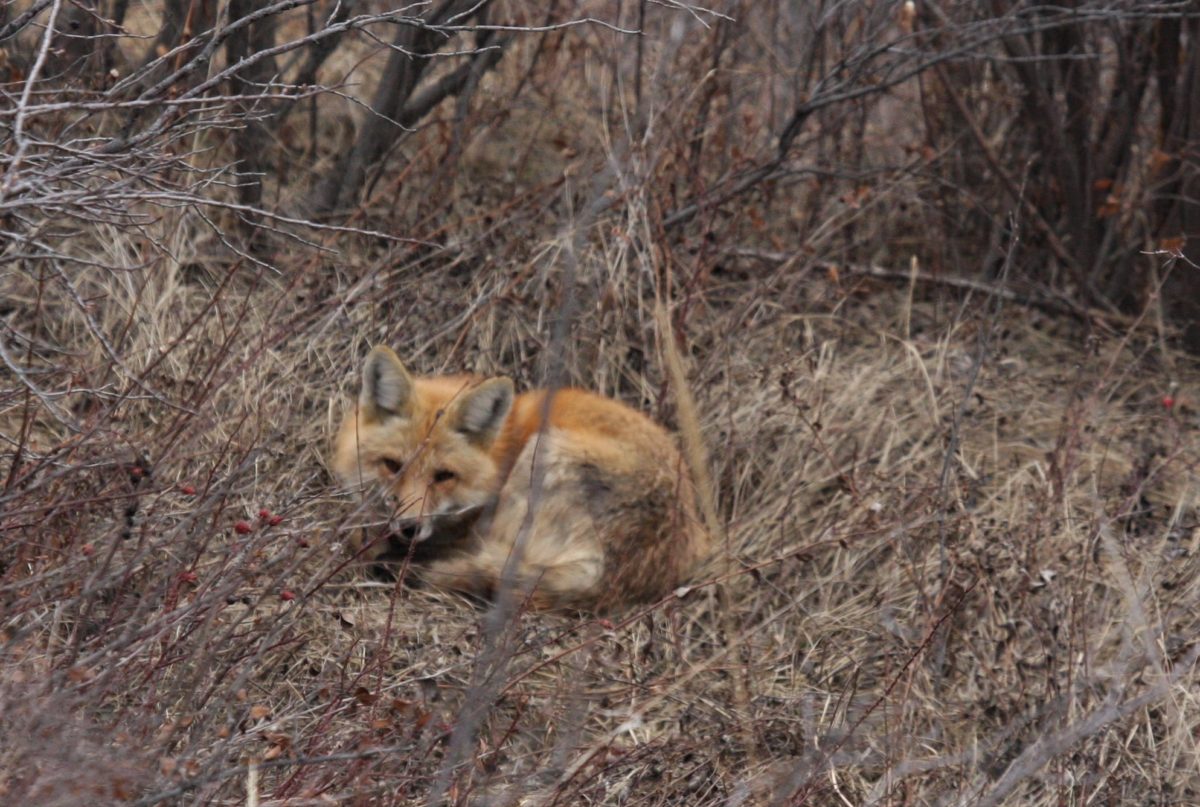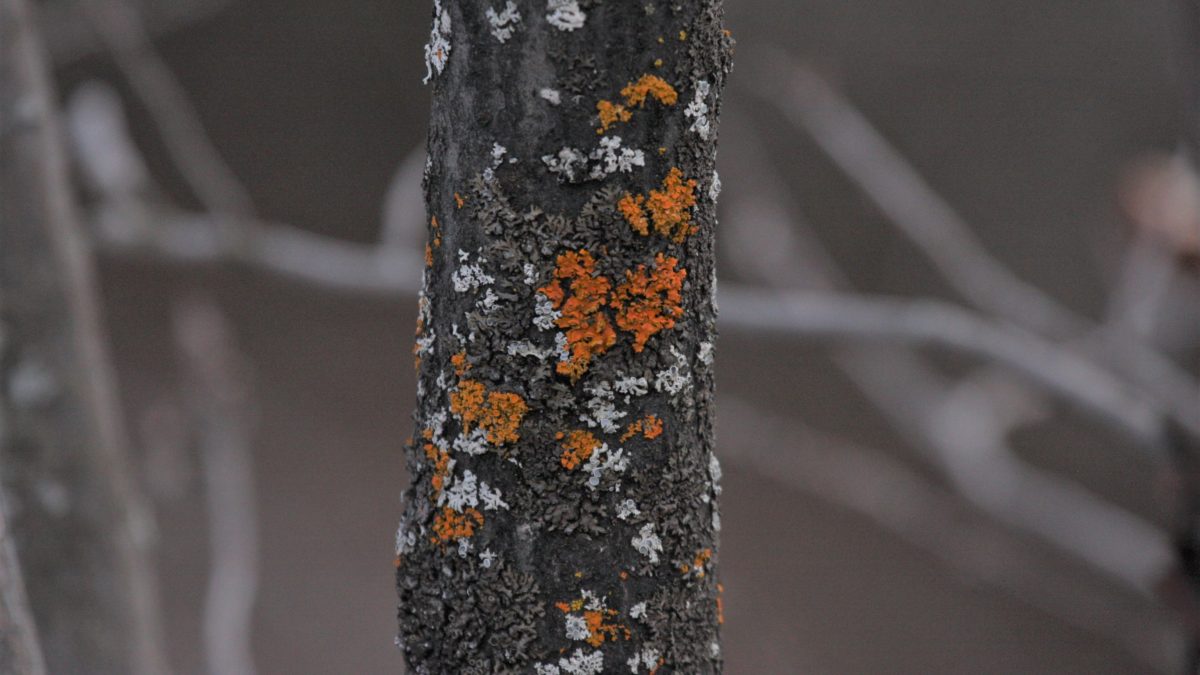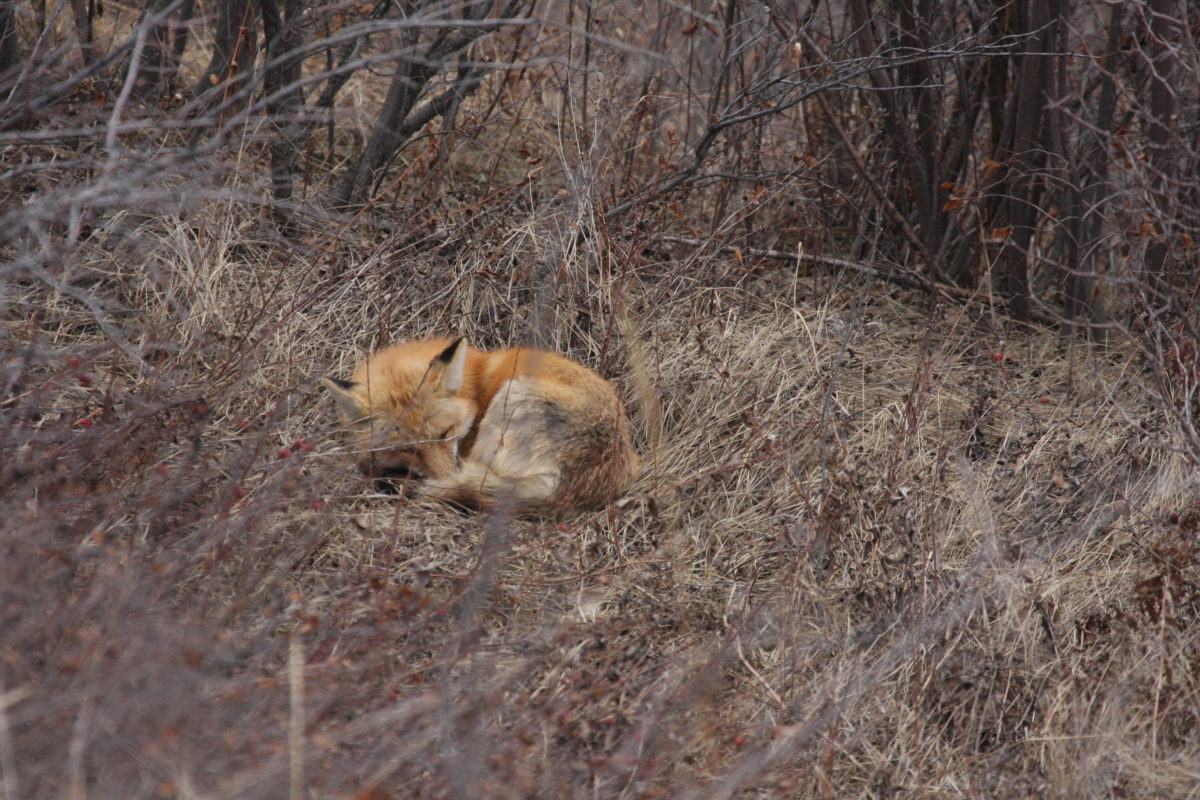
Matthew Wallace, who has done such a great job of organizing the Calgary City Nature Challenge for the past two years, would like to encourage everyone with an interest in nature to participate. Matthew says that this is “a great opportunity to get people focused on nature, science, conservation, and stewardship.”
He continues:
In early March when the scope of COVID-19 became a reality, it was difficult for me to grasp that months of work might be reduced to an event cancellation notice. I took some time to consider options and how the CNC YYC could weather this storm. Since then I have updated the website, hosted webinars, and adapted public messaging to promote the event as an opportunity to experience nature close to home while respecting all COVID-19 advisories. In Canada and particularly Calgary, we are so fortunate to have nature integrated into our landscape. I feel that now more than ever, people will begin to understand nature (and access to it) is essential to our personal and community well-being.
“Nature Close To Home” means investigating those critters that live in the deepest corners of our homes, learning about the weeds that we wrestle with in our gardens, showcasing those incredible animals that use habitat in our yards, balconies, alleyways, neighborhoods in the day (and the night). Calgary’s parks are incredible and there is an abundance of flora and fauna we often take for granted but this an opportune time to investigate and learn. These are all places we can encourage people in the Calgary region to explore safely: Explore independently and avoid groups, exercise physical distancing, wash your hands, Do not share equipment (such as phones or binoculars). At the same time, let’s remember to respect our parks by staying on trails, use designated trash bins, not removing plants nor disturbing wildlife, and keeping dogs on-leash (and picking up after them), and respecting other people’s personal space to enjoy nature their own way.
I hope you can help me to spread this message. Remember, people should take photographs or make audio recordings April 24-27 and upload them to iNaturalist.ca or to the app by midnight May 3 (People in Okotoks may use ABMI’s NatureLynx app to make their observations). Any observations made in Calgary, Cochrane, Airdrie, Okotoks, and Chestermere will automatically count towards CNC YYC. By doing this, they are contributing scientifically valuable information that is available to researchers and scientists around the world. City Nature Challenge is not just for nature buffs but it’s also for families and educators. I’ve posted all of the CNC YYC social media and website information at the bottom of this message. The website contains an entire page of COVID-19 information I encourage you to check out.
Despite having to cancel all of our events due to COVID-19 I want to personally thank you for your support and help to engage the communities within the Calgary region. I hope you’ll tap further into your networks and definitely participate yourself in the challenge next week. Let’s see how many people we can engage, how many species we can find, and how many observations we can make!
Naturally, Matt
Calgary CNC page on iNaturalist
Calgary City Nature Challenge webpage
Global CNC page – see all cities taking part















